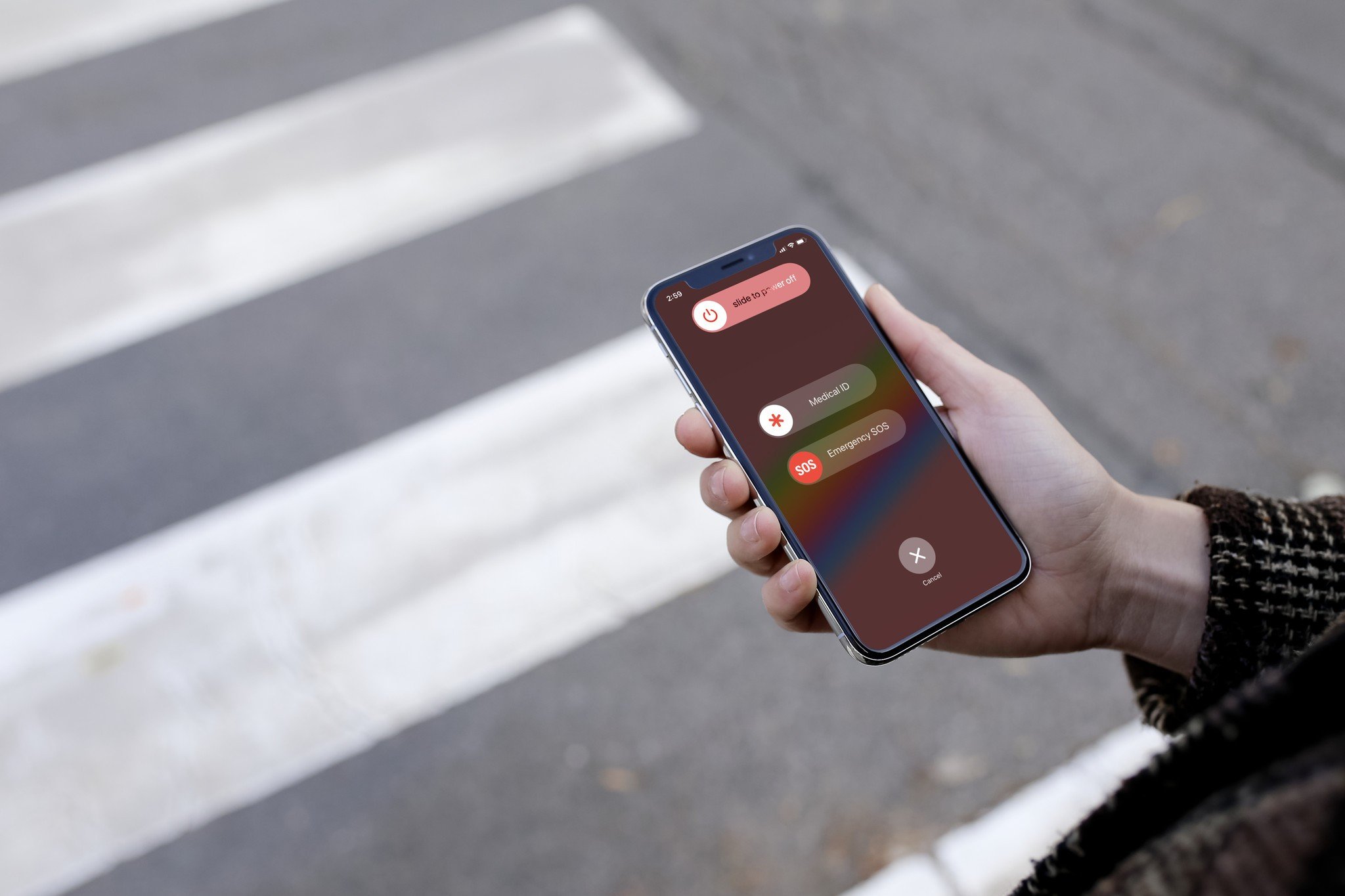Apple patent points to future iPhones that can summon emergency services without needing a signal

What you need to know
- A new patent suggests Apple is working on new emergency beacon technology.
- The technology would be available in non-Apple products.
- It would allow help to be summoned without a signal.
A new Apple patent describes ways in which iPhones and other devices could communicate to summon emergency services, even when no cellular or Wi-Fi signal is available. US Patent No 20200015169, titled "Enhanced Emergency Beacon Sending Procedure," also mentions a new power-saving mode that would disable an iPhone's screen completely.
The patent was spotted by Apple Insider and sets the scene as one where a user may be injured and require help, even when they don't have a signal. It also mentions that the technology could be used in other devices from other vendors – it calls them "User Equipment" or "UE."
"[The] UE may be configured to broadcast an emergency beacon in response to user input," says the patent. "For example, a user may become lost or injured while hiking and may use an emergency beacon broadcast feature to notify other users or base stations in the area... and as described in greater detail below, the emergency beacon broadcast feature may operate as an off-grid radio service (OGRS) when the UE does not have an active connection to a base station or other wireless access point."
Because it may be some time before the UE is able to make a connection with another device to relay the need for help, some form of battery management would be required.
"If a user of a UE is in a dire situation or another situation that would benefit from emergency beacon broadcasting or beacon broadcasting in general, a significant amount of time may pass before a broadcast emergency beacon is successfully received by another user or a base station and help is mobilized to assist the user," it says."For example, a user in a remote rural location may not be within a communicatively effective distance from other UEs or base stations capable of receiving the emergency beacon. As such, it may be desirable for the UE to be able to broadcast emergency beacons over an extended period of time, to increase the likelihood of a successful reception of the broadcast," it continues.
The patent continues, suggesting that an Emergency Power Save Mode could be enabled. That mode would turn the display off and likely also disable other functions to help preserve battery life. Users could also have the system automatically enable this mode when the battery reaches a particular percentage. The mode appears to be a more drastic version of the existing Low Power Mode feature.
At this point it's important to remember that not all of Apple's patents turn into products or features. Especially considering the insinuation that third party vendors would be able to make use of this one. We're still waiting for iMessage on Android, after all.
iMore offers spot-on advice and guidance from our team of experts, with decades of Apple device experience to lean on. Learn more with iMore!

Oliver Haslam has written about Apple and the wider technology business for more than a decade with bylines on How-To Geek, PC Mag, iDownloadBlog, and many more. He has also been published in print for Macworld, including cover stories. At iMore, Oliver is involved in daily news coverage and, not being short of opinions, has been known to 'explain' those thoughts in more detail, too.
Having grown up using PCs and spending far too much money on graphics card and flashy RAM, Oliver switched to the Mac with a G5 iMac and hasn't looked back. Since then he's seen the growth of the smartphone world, backed by iPhone, and new product categories come and go. Current expertise includes iOS, macOS, streaming services, and pretty much anything that has a battery or plugs into a wall. Oliver also covers mobile gaming for iMore, with Apple Arcade a particular focus. He's been gaming since the Atari 2600 days and still struggles to comprehend the fact he can play console quality titles on his pocket computer.
